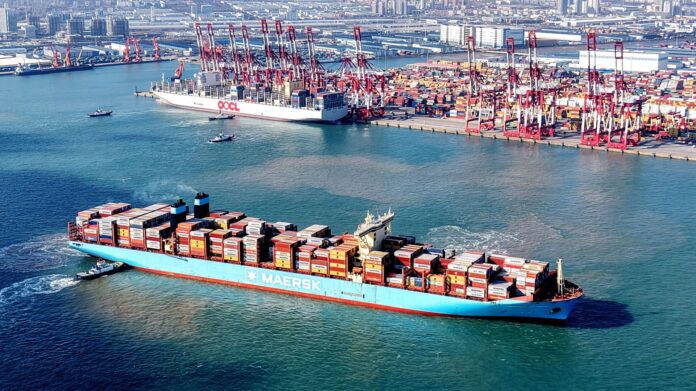The Port of Mombasa has defied global trade headwinds, posting an impressive 8.1% growth in cargo throughput in the first half of 2025.
Volumes rose to 21.3 million tonnes, up from 19.7 million tonnes during the same period last year, according to data from the Kenya Ports Authority (KPA).
The growth was driven by a robust performance in liquid bulk cargo, which rose 16.2%, dry bulk up 11.6%, and a remarkable 44.7% surge in loose cargo. Container traffic also recorded gains, growing 6.7% to 1,012,949 TEUs, compared to 948,983 in 2024.
Import containers rose 13.4%, while exports increased 14.4%—a strong signal of Mombasa’s expanding role in regional trade.
KPA Managing Director Captain William Ruto lauded the port’s resilience, noting that infrastructure upgrades and faster cargo handling processes have helped mitigate external shocks.
“These results show that Mombasa Port is agile in the face of global supply chain disruptions,” said Capt. Ruto.
The performance comes amid a global shipping crisis triggered by Houthi attacks in the Red Sea, which have forced major shipping lines to reroute vessels via the Cape of Good Hope, adding up to 10–14 days of sailing time between Asia and Europe (Delivorias, 2024).
This disruption has drastically reduced traffic through the Bab al-Mandab Strait and Suez Canal.
According to the IMF PortWatch platform, average daily transit volumes fell from about 4.0 million metric tons in late 2023 to roughly 1.7 million metric tons in early 2024—a staggering 57.5% decrease.
Despite these global setbacks, Mombasa continues to serve as a vital hub for East and Central Africa, with Uganda accounting for over 80% of transit cargo.
Written by Ian Maleve



















